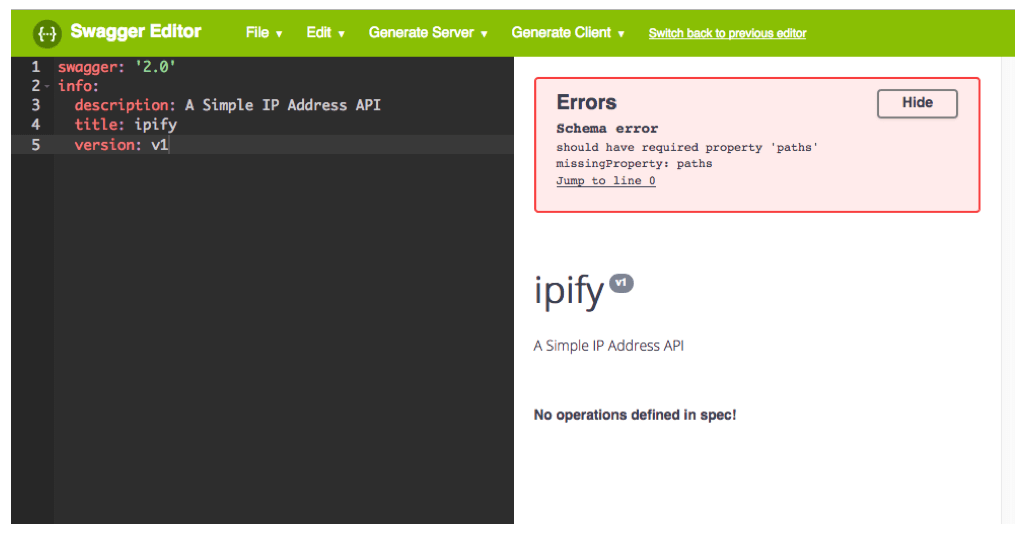

The API was built using Symfony 3.1, a mysql database handled with DoctrineORM and the library FOSRestBundle. The DELETE endpoint is a soft delete: the record is marked as deleted but is not truly deleted.

I use in this example a simple Symfony REST API to handle a Movies database. I split the post in 2 parts because it was quite long to read. an accurate HTML documentation using Swagger.This post will show you how you can combine some tools together in order to build, for a php API: I wanted to share some cool tool combinations tricks I have learned this year. Automated API documentation systems, API client SDKs, REST user-friendly clients. Īnd because they are widely used in modern web apps, we can see that the tooling for APIs has upgraded a lot too. You could template return objects/ error messages etc.They are now everywhere : they fuel Javascript single-app pages with data, they allow developers to manage an elasticsearch instance, they are used to decouple monolithic applications into micro-services. "description": "Just a simple response property. "$ref": "#/definitions/LogicAppsResponse" "$ref": "#/definitions/LogicAppsRequestSchema" "description": "The json you want to submit", "default": "thesignaturepartinyourlogicapphttpurl", "basePath": "/workflows/yourworkflowid/triggers/manual", "description": "Some kind of description about what it does", "title": "Friendly name for your logic app", The validation is great (although it doesn’t like the default values for the parameters, which as far as i can gather are valid). I find that is the best tool for creating the Swagger files. The text in bold are the areas you need to replace with your own. The LogicAppsRequestSchema is exactly the same Json schema that you used in the HTTP Request Trigger action, so keep that handy. I’m sure this will make it in there as a feature soon, but for the moment you need to roll your own. Swagger is now the defacto way of describing API’s, and it makes sense that you’d want to create one for your logic app. If you’ve created a Logic App with a HTTP Request trigger, then next logical thing to do is expose it for consumption (Like in Azure API Management).


 0 kommentar(er)
0 kommentar(er)
